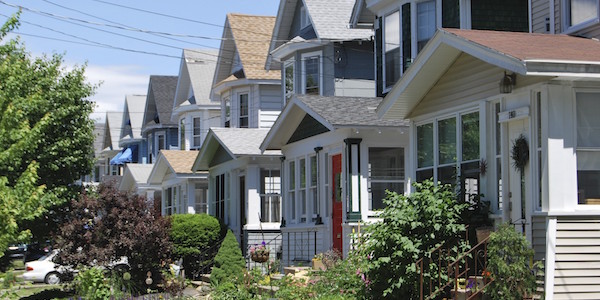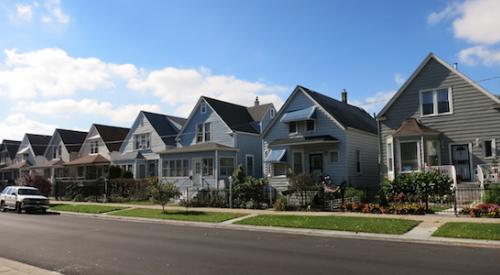The share of middle class adults in many metropolitan areas, including Los Angeles, Pittsburgh, and Atlanta, shrank significantly from 2000 to 2014.
The Pew Research Center found that the share of adults living in middle-income households fell in 203 out of 229 U.S. metropolitan areas over 14 years. The conclusion isn’t a total surprise since Pew released a study late last year that found the middle class is shrinking as a whole nationally.
With a smaller middle class, percentages increased for both upper- and lower-class adults. The upper-income tier rose in 172 areas, and the share of adults in the lower bracket rose in 160 areas. There was some overlap too, as 108 metros saw increases in both categories.
In the study, middle class was defined as a household that earned between $42,000 and $125,000.
Pew also identified the areas that gained and lost the most economic status since 2000, and the metros that still have the greatest shares of middle-income adults. For instance, 67 percent of adults in Wausau, Wisconsin, are defined as middle-class, the highest in the nation.













